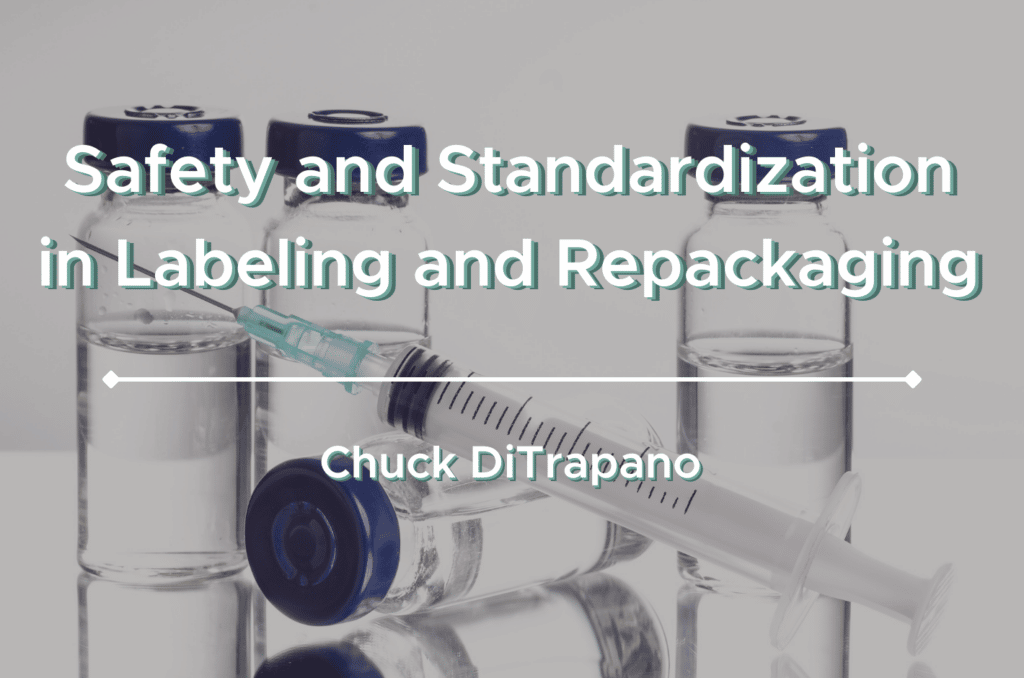Packaging and labeling are believed to be the cause of 33% of medication errors and poor label design is cited as a potential cause.
In 2016, the FDA released guidelines for safe labeling and repackaging acknowledging that improper repackaging of drug products can cause serious adverse events stating, “Because labeling, packaging, and nomenclature have been identified as key system elements that have great influence on medication use, any weaknesses or failure in the design of these elements can cause medication errors that lead to patient harm.”
There are a number of best practices, regulatory, and professional agencies that specify important recommendations regarding labeling and repackaging.
Label Design and ISMP
In 2010, the ISMP acknowledged that poor pharmacy label design is directly associated with the increased risk for error and established guidelines for safe medication labeling and design. These guidelines include specific recommendations regarding layout, fonts, language, warnings, etc.
Standardization of Process and ISMP
The ISMP directly recommends implementation of standardized and mindful drug labeling practices as part of an overall strategy to improve medication adherence and reduce inadvertent medication errors.3
Expiration Dates and USP
USP General Chapter 795 provides standards for compounding quality non-sterile preparations including provision of general guidelines for assigning beyond-use dates to non-sterile preparations.
They specify the expiration date “not exceed (1) 6 months from the date of repackaging; or (2) the manufacturer’s expiration date; or (3) 25% of the time between the date of repackaging and the expiration date shown on the manufacturer’s bulk article container of the drug being repackaged, whichever is earlier.”
Logbooks and State Law
Whenever a product or compounded product is packaged for distribution, best practices (and some state laws) require that all information, including for source ingredients, must be documented including: expiration date(s) for final product and source ingredient(s), NDC number, lot number, and preparer’s initials.
These practices and tools can help you increase safety and efficiency, and establish standardization and quality control within your labeling and repackaging processes.





